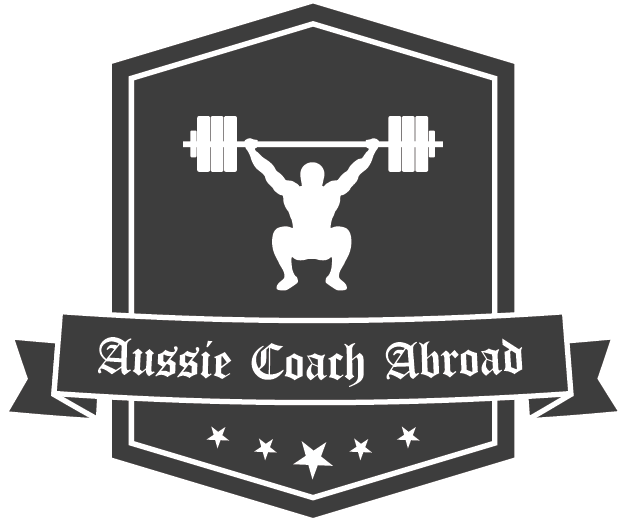Implementing change in High Performance
Change Management
As practitioners (S&C coaches, Sport Scientists etc), our main objective is to implement and manage change. That is a broad statement, however, when looking at change, there are many facets.
In conjunction with some business terms, I will break down the aspects of change into 3 main categories;
- Organisational Change
- Intrapersonal Change
- Consumer Change
ORGANISATIONAL CHANGE
In the sports performance world, this refers to the staff directly involved with High Performance. IE, medical, sport science, strength & conditioning etc. Organisational change is quite unique in that, it may be looked upon as either negative or positive depending on the individual. However, the overall outlook on organisational change is to enhance internal structure in the long term. There is an emotional response to organisational change that staff members will undergo (not necessarily in sequence);
1. Denial
Denial refers to the initial response that change will actually not occur within the organisation. Similar to a stage of grief, members of staff will mentally block out the fact that change is occurring. This can be the dismissal or certain individuals, or even the introduction of new members or strategies.
2. Resistance
Resistance refers to an individual coming to terms that there is real and irreversible change. However, they do not agree with the process. These individuals will find multiple reasons to why the change in not beneficial. This can create some heavy disagreements as well as potential confrontations. This can be the toughest moment for a leader, to try and proceed with organisational change whilst getting all members on board, also known as 'buy in'.
3. Conditional Acceptance
Conditional Acceptance is the stage that individuals are accepting, not only the idea, but the process of change. They may search for ways to deal the new reality of organisational change. Although these individuals may not fully accept change, the idea of acceptance is there. There can still be some conversations on alternative methods, as a last attempt to alter some of the change that is occurring. Again, this will embark on a leader's resilience and commitment to the implementation of organisational change.
4. Commitment
This stage, commitment, is exactly as it sounds. This is when those individuals have embraced the new change and commit themselves to the organisation. They are now actively participating in whatever organisation change took place, and are doing what is best for the overall project. For Sport Performance practitioners, this when players become coachable. This is the ultimate 'buy in'. From an internal standpoint, this also refers to when all members of an organisation 'buy in' to a new concept/enhancement of the department.
INTRAPERSONAL CHANGE
Intrapersonal change refers to the change that you are trying to set within yourself. As a member of a High Performance staff, you should always be looking to create some form of intrapersonal change, whether it is developmental, psychological or even sociological. An individual should always be looking for developmental progress through reading, networking, or any other way to expand one's knowledge. One may even be reading leadership or spiritual books to further develop their psychological attributes, which directly positively affects your coaching methods. Any positive sociological enhancement (change) will benefit your fellow colleagues, which can improve how a High Performance structure operates.
Point is, members of a High Performance staff are constantly looking to better (change) themselves in a way that is advantageous for those surrounding them.
CONSUMER CHANGE
This is the most obvious form of change that is to be implemented, consumer (in this case, athlete) change. High Performance members are collaborating to create a positive change in the athlete. Change may occur on the psychological or physiological. The aspect of psychological change within the consumer (athlete or clientele) may differ depending on their competition level and age. Physiological change can occur to either/or neuromuscular or structural level. In other words, you are either trying to change the nervous system or muscles. Rate of force development (arguably the most athletic aspect) is the ultimate change within an athlete and occurs at the neuromuscular level. Whereas, structural morphology occurs at the muscular (cellular) level, IE hypertrophy.
To summarise, all members of a High Performance structure, are trying to implement change in one way or another. For a High Performance structure to work, organisational change is the most important piece. High Performance Directors are always looking for ways to implement change to better a department, and therefore benefit the consumer/athlete. Thus, making it vital that leaders can recognise certain aspects of change occurring and do what they can to help others manage their way through the process.
I would love to hear any comments/feedback/questions.
Coach Alex
